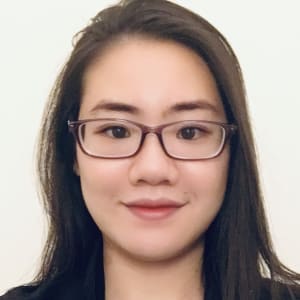
Thao Rosemary, T Do
 Thao Rosemary, T Do |
Thao Rosemary, T Do1
Kang Ko2
1Basic & Translational Sciences, University of Pennsylvania, School of Dental Medicine; 2Periodontics, University of Pennsylvania, School of Dental Medicine
Introduction
Interleukin-33 (IL33) is an alarmin cytokine released by endothelial and epithelial cells in response to cell stress and injury1,3. IL33 has been studied largely in the context of inflammation, but little is known about its expression pattern and biological significance during oral wound healing1,3,4,5,7. Fibroblasts have recently emerged as an important player in regulating immune response at oral barrier sites2,6,7. Thus, we sought to test the hypothesis that oral fibroblasts, unlike skin fibroblasts, are a major expresser of IL33 during oral wound healing with potential significance for modulating immune response.
Methods
8-10 weeks old IL33eGFP reporter mice with B6 background were used. To examine baseline IL33 expression, scalp skin, buccal mucosa, palate, and tongue were harvested, processed for frozen embedding, and immune-stained using primary K14, IL33, and/or GFP antibodies. In another experiment, mice received 1mm oral wound and healed for 2, 4, and 6 days, and the wound samples were isolated and processed in paraffin (N=6 each). IL33+GFP+ cells were counted from epithelial and connective tissues. IL33+ cells in different tissue compartments were counted and compared by post-operative healing days using one-way ANOVA test. *P<0.05 was used to determine statistical significance.
Results
IL33 was highly expressed in the lamina propria of palatal gingiva and buccal mucosa, but not in the epithelial layer. Tongue had overall minimal IL33 expression. In contrast to oral tissues, scalp skin had IL33 expression that was restricted to epidermis and hair follicles. When oral wound healing was examined, IL33 expression was rapidly decreased and slowly recovered in lamina propria over 6 day healing period (P<0.05). In contrast, oral suprabasal epithelial cells transiently expressed IL33 which was completely diminished upon re-epithelialization (P<0.05).
Conclusion
Constitutive expression of IL33 in oral fibroblasts suggests that oral mucosa is primed to elicit an inflammatory response before full-thickness injury is inflicted, which contrasts with skin. The results indicate that IL33+ oral fibroblasts may be a crucial player in rapid immune response to ultimately expedite healing process.